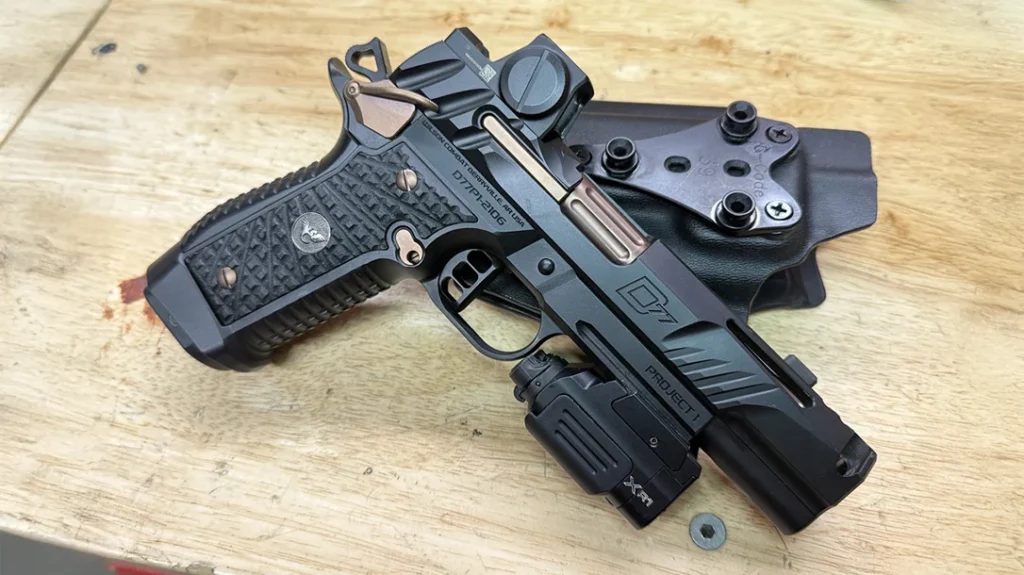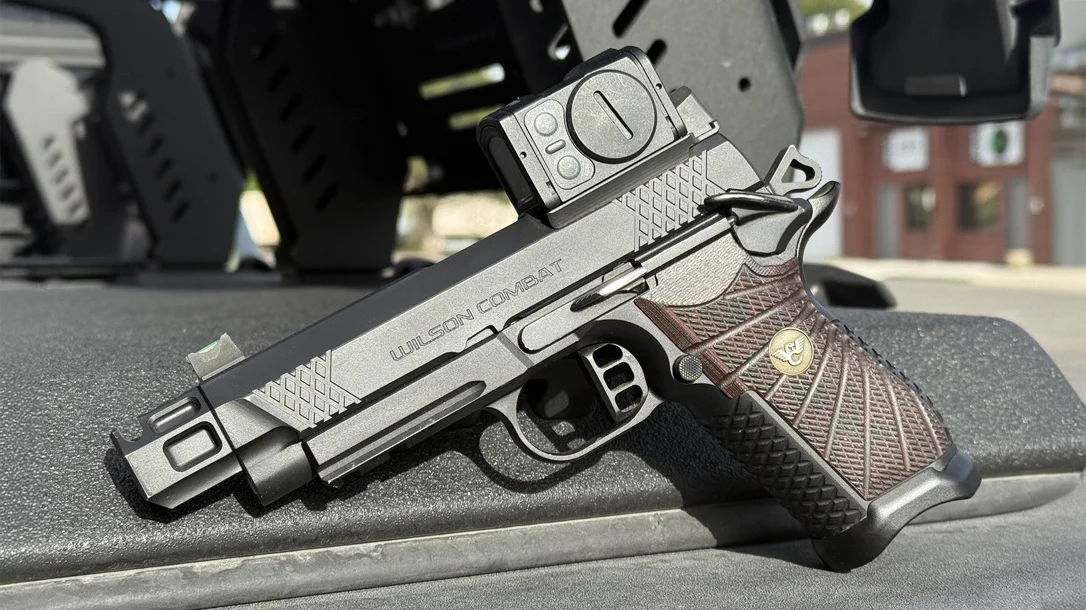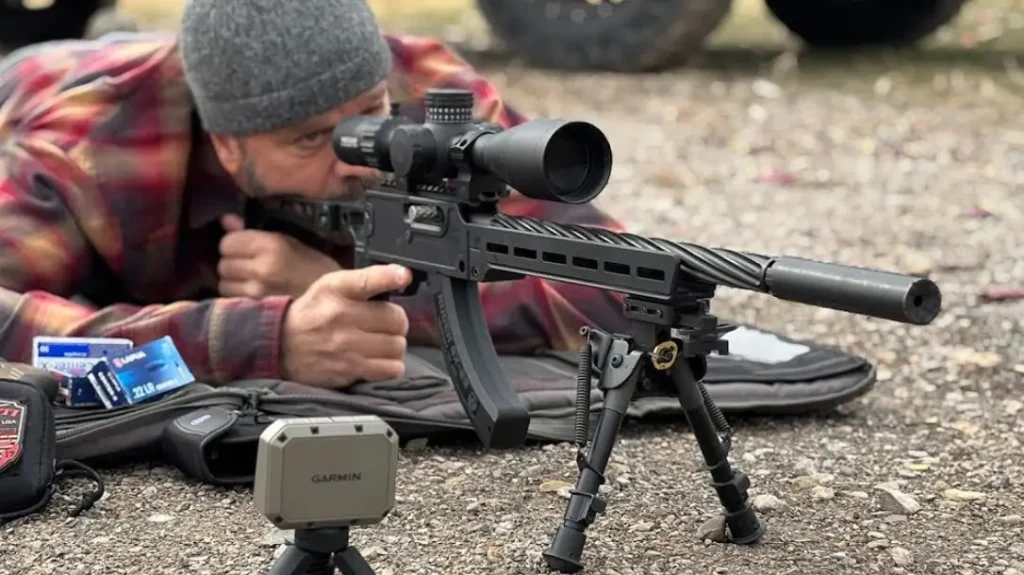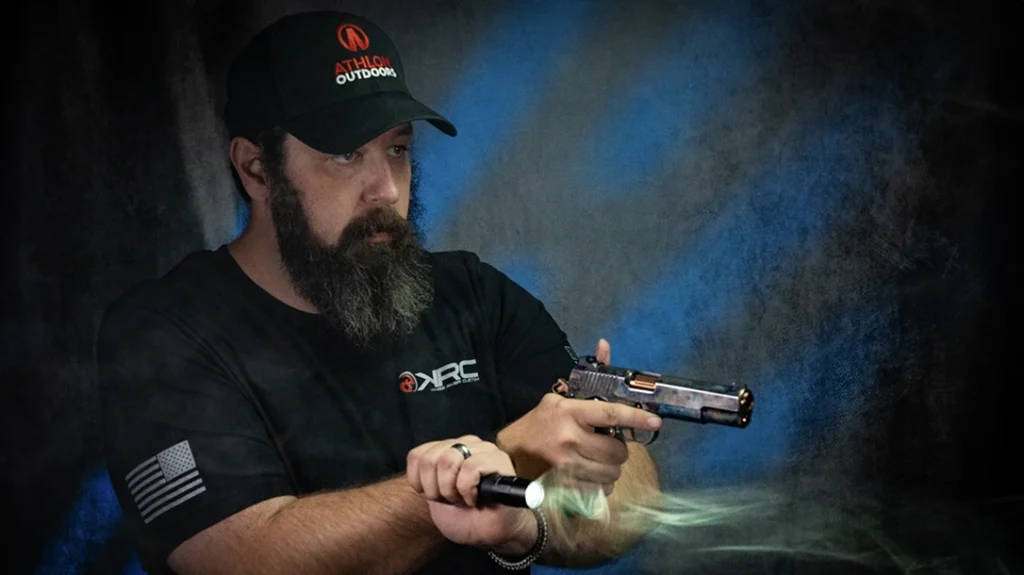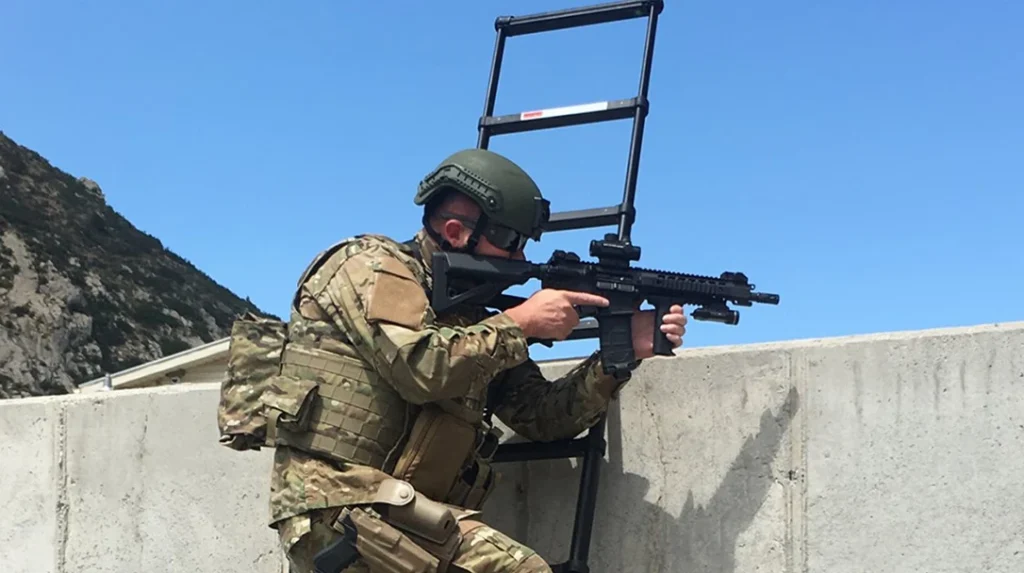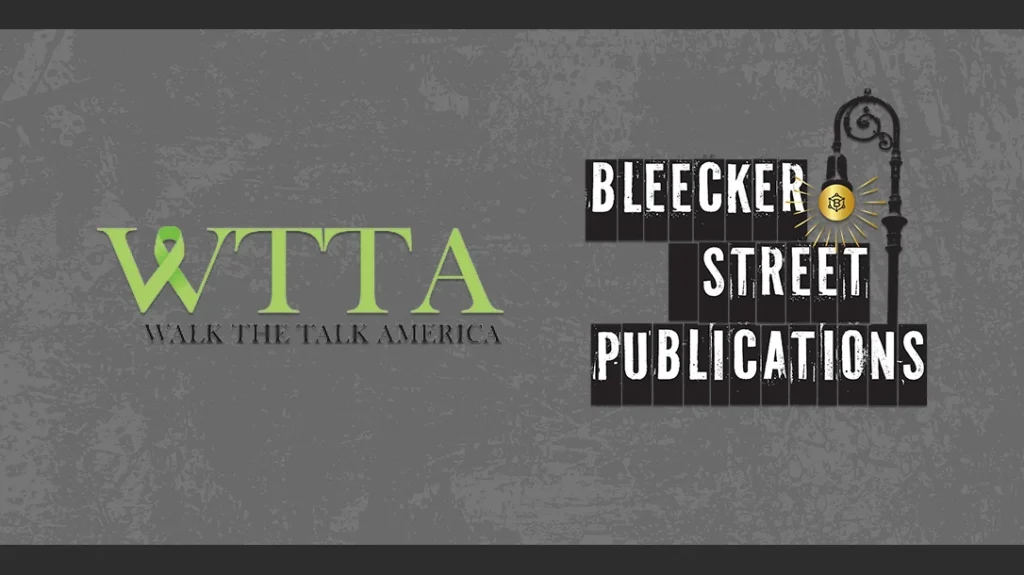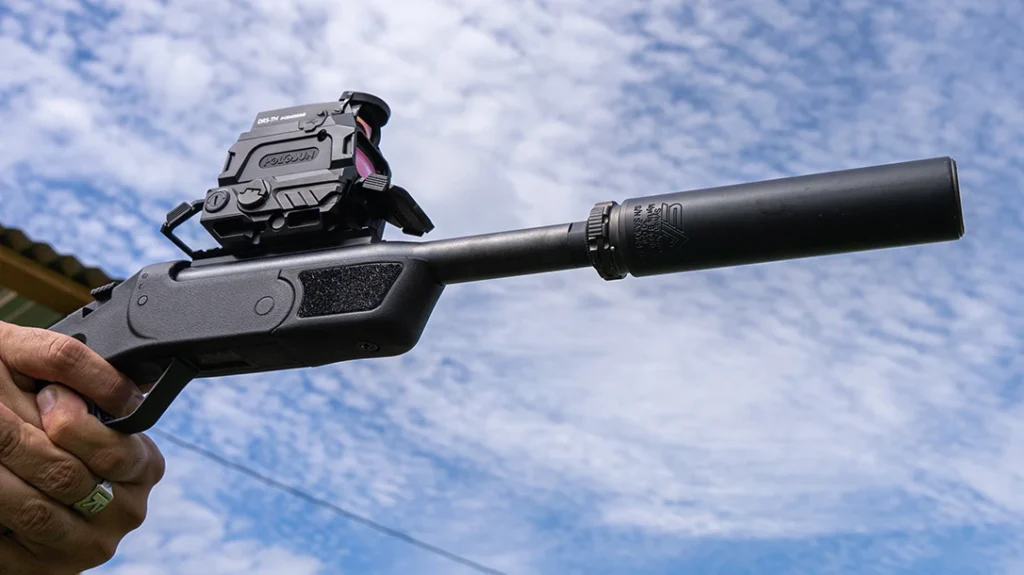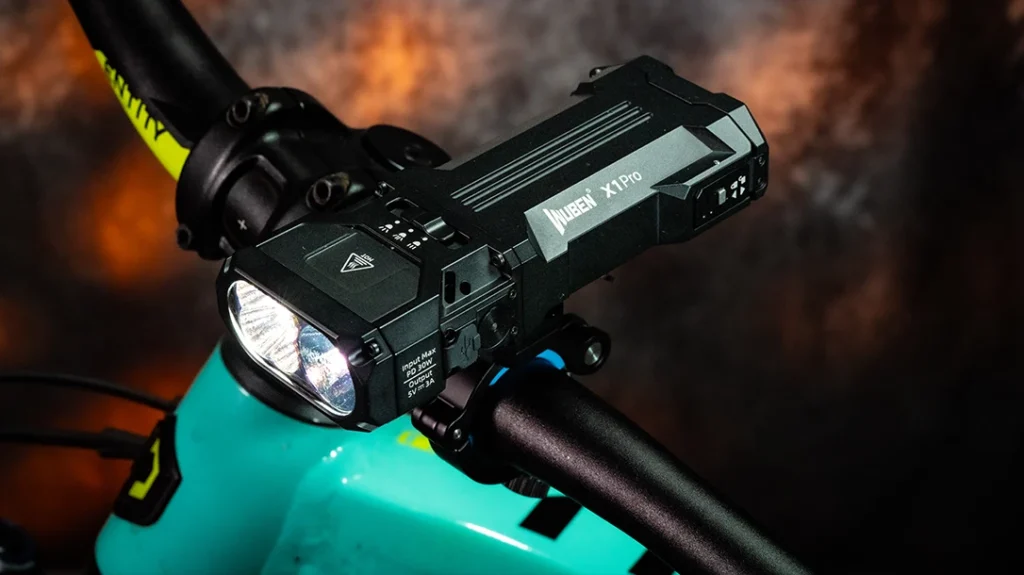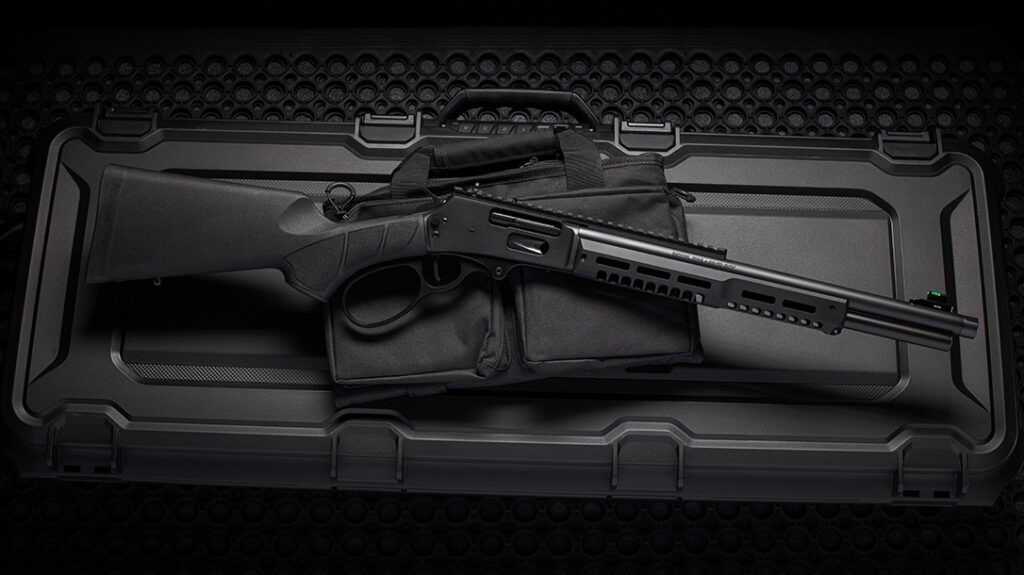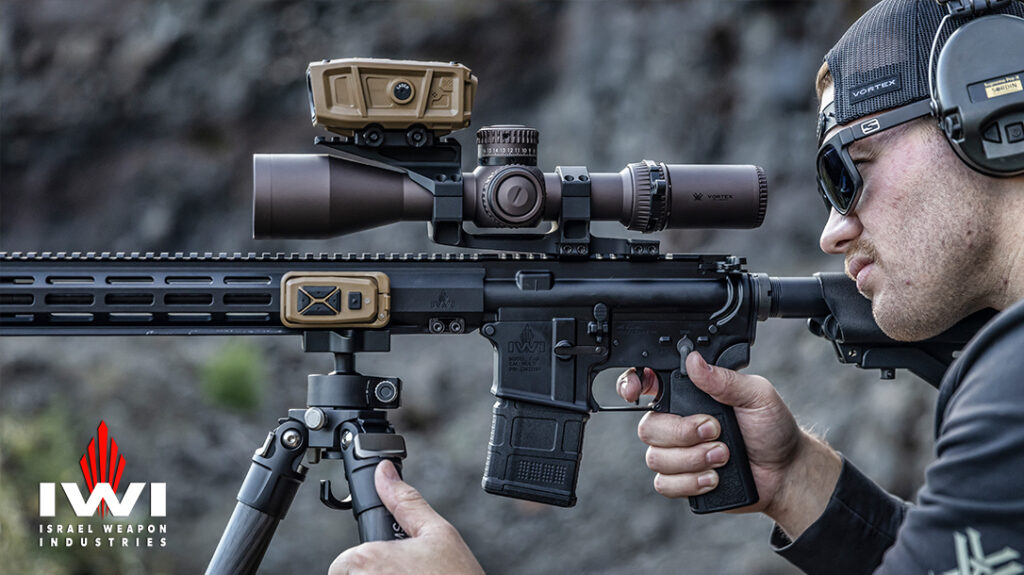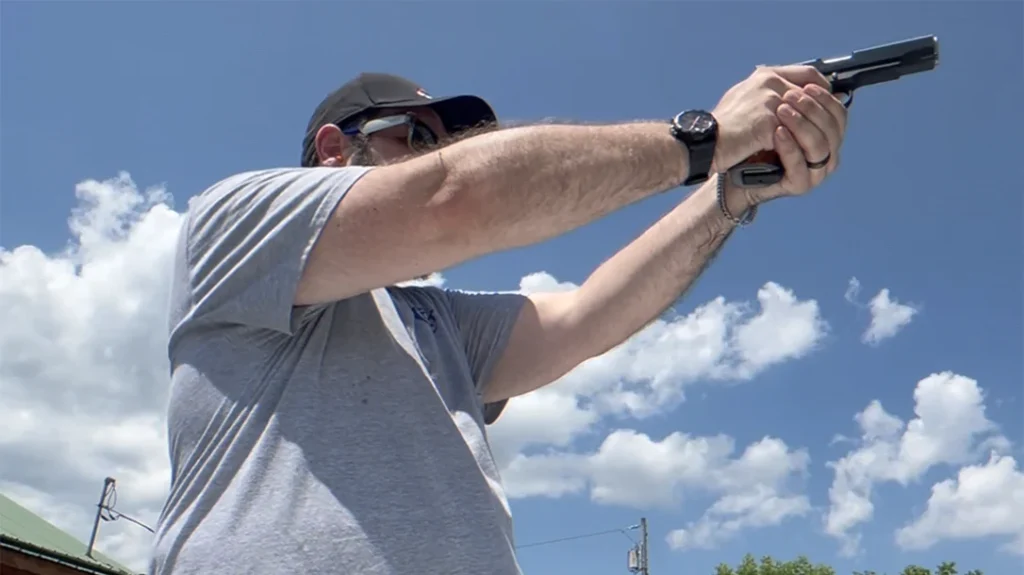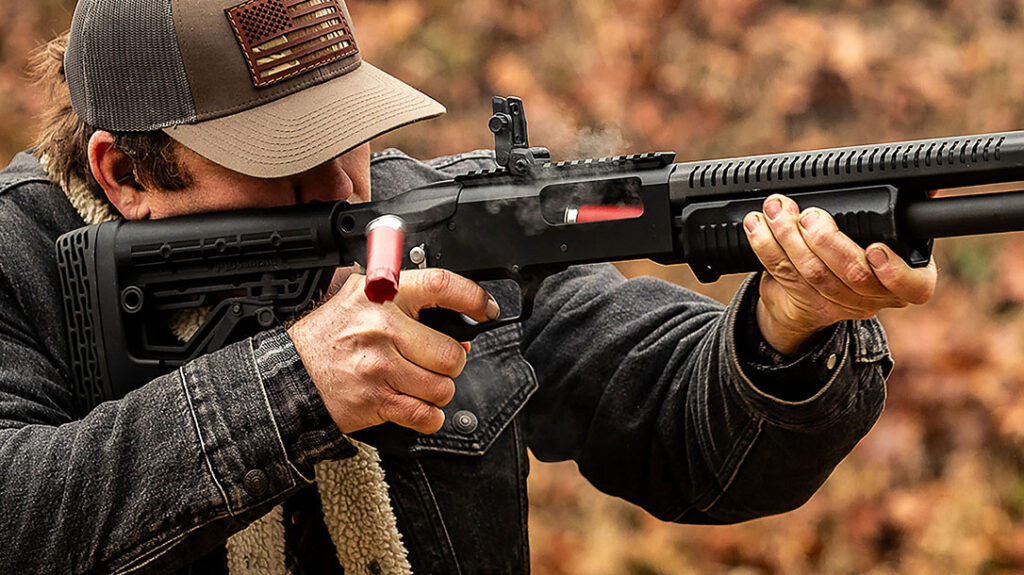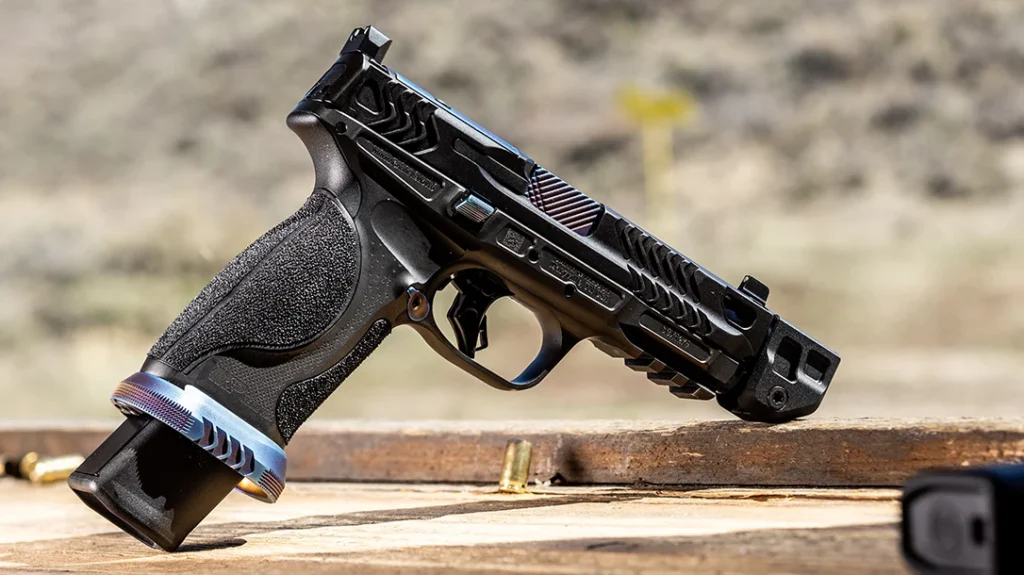During my last few classes teaching at Gunsite Academy, the presence of the 1911 is becoming more frequent. But not everyone is adept at running America’s most iconic platform. For anyone considering transitioning to the 1911, here are some basic tips and tricks to make the process easier.
The Basics of Transitioning to the 1911
During a TCCP last year, four different students made the switch to a 2011 pistol during the class. At many classes, 1911s were prominent, especially in 9mm, a bit of a comeback given the last few years.
Staccato’s pistols have become a frequent choice for many police agencies and officers. High-capacity models like the Springfield Armory Prodigy are increasingly popular. Correspondingly, many have discovered the advantages of making the switch.
Advertisement — Continue Reading Below
While many seem to think they are a pistol for “professionals,” nothing could be further from the truth. Having carried and taught the use of the 1911 for over 40 years for duty, carry, and self-defense, anyone can use one with just a little bit of training.
It’s all about the Safeties!
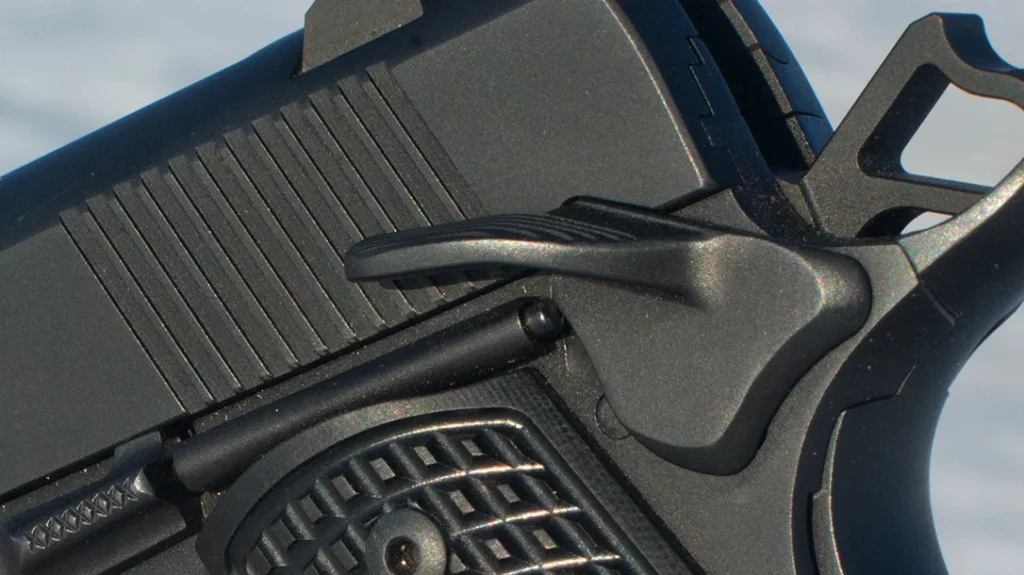
Contrary to popular myth, the most critical aspect is NOT making sure the safeties are activated. It’s your ability to deactivate them when needed. Instances of pistols discharging in the holster, or while holstering, are largely striker-fired.
Advertisement — Continue Reading Below
The idea that because the hammer is back, it’s going to “go off” on its own is a complete myth. A properly built 1911 is the safest pistol you can carry, and many will not carry AIWB with anything else. Both safeties must be depressed to fire, making them inherently safer.
A solid grip is required, thus preventing discharge if clothing gets into the trigger guard when holstering. Disengaging them when needed is the single most critical difference compared to a revolver or striker-fired pistol.
The 1911s Manual Safety
Designs based on the 1911 and 2011 generally have two manual safeties. The manual (thumb) safety locks the slide in place and prevents the hammer from coming forward. Grip safeties require a firm grip; both must be deactivated for the pistol to fire.
Advertisement — Continue Reading Below
Similar single-action designs like the Sig Sauer SAO (Single Action Only), Wilson Combat EDC X9 or SFX9, and BHP (Browning Hi-Power) do not have a grip safety. Many long-time 1911 users believe it is redundant. Even John M. Browning left it off in the BHP. However, all of them require the manipulation of the manual (thumb) safety, and that is the most important training factor.
Your strong-side thumb has one job—disengage and engage the safety. The ONLY time it’s not on top of the safety is to engage it. Then, it immediately moves back on top. It is disengaged (off) when you are prepared to fire; any other time it’s engaged (on).
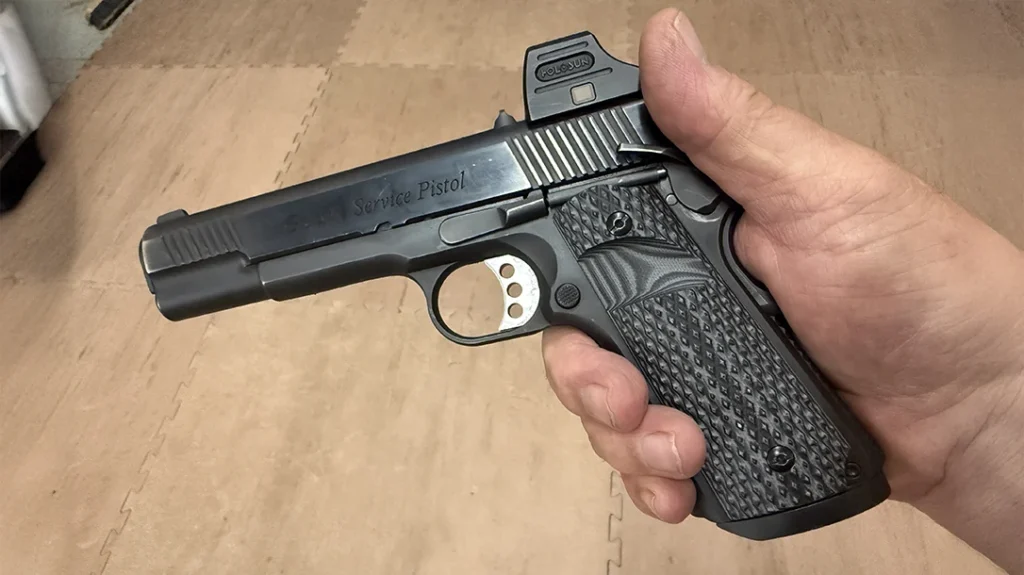
Advertisement — Continue Reading Below
Since it locks the slide forward, you need to take it off to run the slide when loading, press checking, or performing stoppage drills. Otherwise, it’s on.
The grip is generally more “thumbs up” than pistols without a manual safety. Your offside thumb can go wherever. However, ensure it is not resting on the slide stop. You also need a firm grip for typical 1911/2011 pistols. Otherwise, it will not fire when needed.

Advertisement — Continue Reading Below
Mastering these two things—proper grip and manual safety manipulation—is 95% of the game and just takes some practice. I helped two new shooters at my last class, and they had largely mastered this by lunch. They were old hands at it by the end of day two, and neither were “professionals.”
Other Considerations
One of the few remaining “straight pull” pistol triggers, the 1911 promotes excellent accuracy and fast operation. The reset is minimal with very little take-up and no overtravel. So much so that most striker-fired aftermarket triggers are designed to mimic the 1911 as much as possible.
My preferred trigger manipulation is to take up the slack. However, there is just not much there on a 1911. If you are transitioning from a double-action or other trigger with significant take-up, it will take some practice. Fortunately, these designs tolerate tens of thousands of dry fire manipulations. So, practice dry all you can.
Advertisement — Continue Reading Below
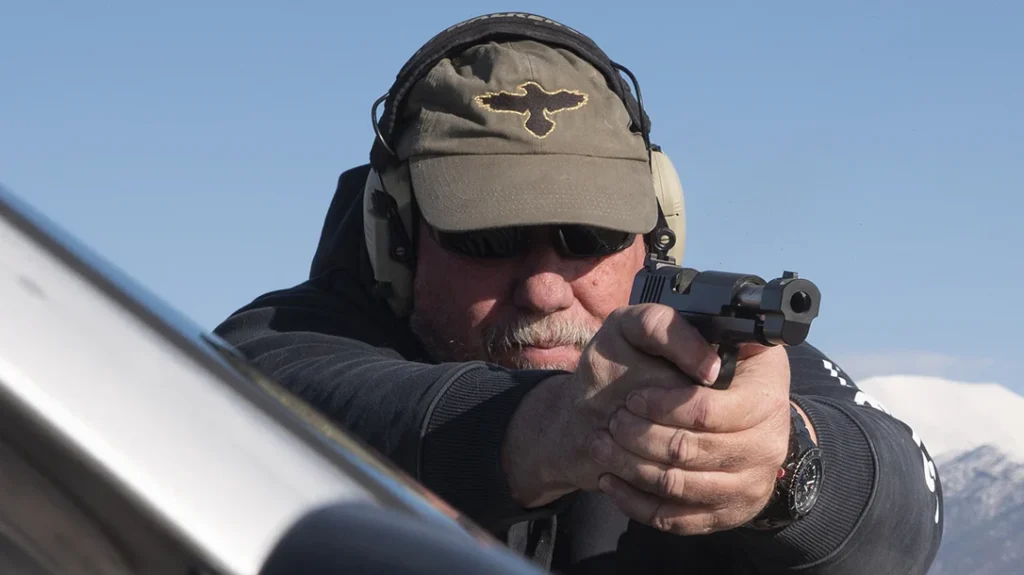
Slide stops are generally designed to be used as a slide release, so feel free. However, your typical slingshot method works fine. The slide pressure against the stop when open is stiffer with no magazine in the pistol. Additionally, you should only run the slide with dummy rounds when dry-firing.
Grip angle will be different if you are used to running a Glock. However, most find it more natural, which is another reason many make the move. Given the proliferation of red dot sights, get used to how it points dry.
Advertisement — Continue Reading Below
Take down is a tad more complicated than your typical combat polymer, but it’s not difficult. Simple cleaning is easy and most don’t require tools. If anything, you may need a barrel bushing wrench.
Significant take-down is a different story. It’s nothing someone with reasonable skills can’t manage, but some of the small parts can be frustrating. That said, I take mine down that far once a year, even with a higher round count than most. But it’s not something you would do during normal maintenance.
Making the Move to a 1911 Isn’t As Hard as You Might Think
Making the transition to a 1911 takes some thought, but no more than any pistol. Calling it a pistol for “professionals” is largely commentary on the critic and kind of insulting to the vast majority of gun owners. Especially in 9mm, it remains one of the most naturally accurate, easiest-to-shoot, and inherently safe pistol designs.
Advertisement — Continue Reading Below
Yes, it takes some training from someone who knows what they are doing. But that should be a prerequisite for anything involving a firearm. In most cases, those who try them never go back. Don’t hesitate to give it a try, as you may actually like it!
